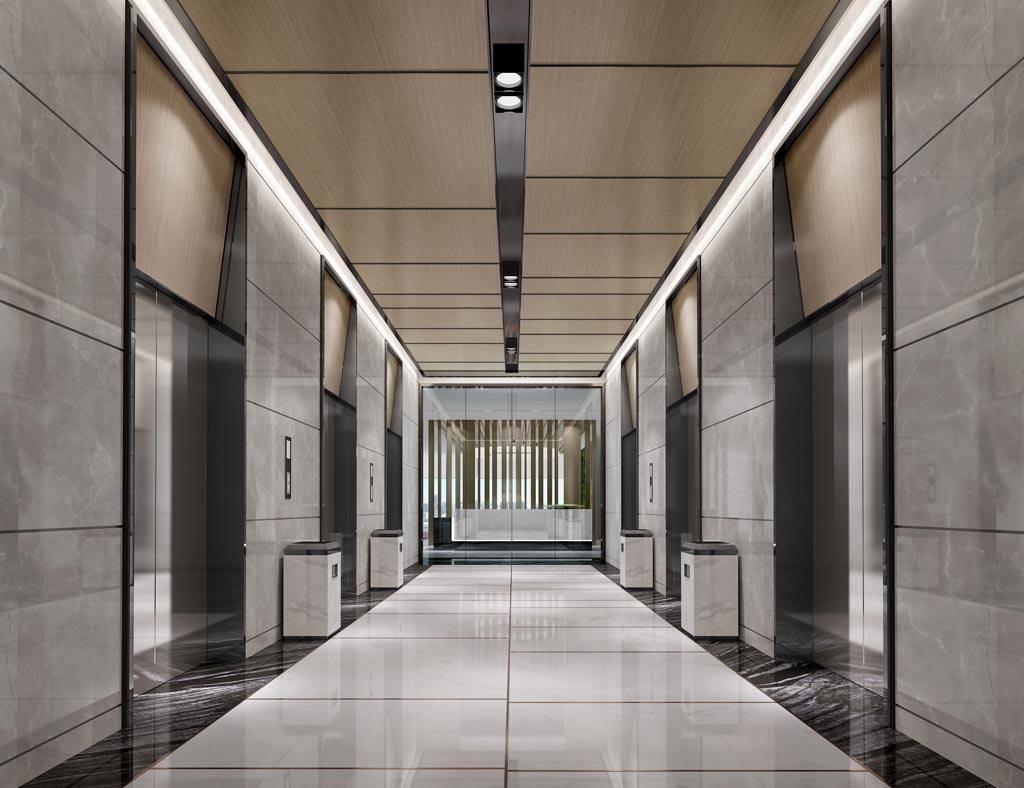- Professional Elevator&Escalator Manufacturer Since 2002 |
Menu

FUJIRISE is a renowned manufacturer and supplier of professional passenger elevators equipped with state-of-the-art technology from industry leaders Otis and Kone. Our elevators offer exceptional speed and can handle heavy loads, with a capacity ranging from 450-1600kg to accommodate 6-22 people. They are suitable for a wide range of settings, including apartments, residential buildings, offices, hotels, shopping centers, transportation hubs, and public structures.
Our company, FUJIRISE, specializes in providing solutions for various needs such as small shafts, heavy loads, high speeds, and low headroom. With our expertise and dedication to our mission, we offer the best solutions for your specific requirements.
1. Use precise details for the best product experience.
2. Maximize cost savings with high cost performance.
3. Efficient, time-saving customer experience.
Passenger lifts are essential transportation mechanisms for vertical movement between floors in corporate buildings, residential complexes, and other high-rise structures. They are a crucial aspect of modern transportation, allowing for efficient and comfortable movement between levels through objective and scientific means of transportation.
As buildings grow taller, passenger elevators will continue to serve a crucial purpose in our day-to-day routines. With the development of new technologies, these elevators will only become more necessary and will offer increased efficiency and safety.
Elevators meant for passengers contain multiple parts, including:
Shaft: This location is where the cab is in motion. The shaft comprises a vertical hole flanked by two walls, as well as cabin holders and safety systems.
Cabin: The cabin is comprised of a metal structure supported by columns and contains a floor, seats, barriers, lights and control systems. It is responsible for the vertical movement of the object.
Control system: The mechanism responsible for regulating the cab’s motion is typically situated in the machine room, positioned at the apex of the shaft.
Motor: The motor operates the cab’s movement between raised and lowered positions, and is typically situated in the machine room at the top of the shaft.
Gain a thorough understanding of each component through the detailed explanations provided below. Further information will be provided in the following paragraphs.
The shaft is a vertical hole surrounded by two walls where the cab moves. It is equipped with cabin holders and safety systems.
Cabin Stands: The cab’s movement is facilitated by rollers or tracks on a cab stand.
Walls: The shaft’s walls are typically made of sturdy materials like concrete or steel, providing essential stability and preventing the cabin from collapsing.
Safety systems: Elevators are equipped with various safety systems, including brakes, backup wires, and speed limit systems, to prevent accidents. These systems are essential to ensuring the safety of passengers and are carefully designed to minimize the risk of accidents.
The cabin contains a metal structure supported by columns, as well as a floor, seats, barriers, lights, and control systems. Its movement is controlled by the elevator.
The control system is responsible for managing the cab’s movement. Typically, it is situated in the motor room near the top of the shaft.
The control system consists of several components, including the control panel, keypads, and sensors.
Keypads: Elevator cabins can be controlled by keypads, providing passengers with the ability to guide their own movements.
Control panel: The control system includes electronic parts that govern the motion of the cab.
Sensors: Elevators are equipped with multiple sensors that enable precise control over the cab’s movement. These sensors can include motion sensors, speed sensors, and security sensors, among others.
Learn about the various safety systems in passenger elevators which comply with strict safety standards to prevent accidents.
The main function of the motor is to elevate and lower the cab, typically found in the top of the shaft in the motor room.
There are two primary categories of elevators, which are distinguished by their use of either electric or hydraulic motors.
Hydraulic Motor: The hydraulic motor utilizes hydraulic fluid to raise and lower the cab.
Electric Motor: The electric motor operates using electrical power to elevate and descend the cab.
The two primary types of passenger elevators are as follows:
Hydraulic elevators: The elevators function by utilizing hydraulic fluids to vertically move the cab.
Traction elevators: This type is widely used and operates by utilizing electric motors to move the cab up and down.
Hydraulic elevators are a less frequently encountered variety of passenger elevator. They utilize hydraulic fluid in order to move the cab up and down.
Hydraulic elevators are comprised of various components, such as:
Shaft: The designated area for the cab’s movement.
Cabin: This component has a vertical motion.
Control system: The mechanism responsible for regulating the cab’s movement.
Hydraulic motor: The motor is responsible for raising and lowering the cab, making it an essential component of this product.
The most commonly used passenger elevators are electric elevators. They are powered by electric motors that control the upward and downward movement of the cab.
Electric elevators are composed of a range of parts, such as:
Shaft: The cab’s movement occurs in this specific location.
Cabin: The component moves vertically.
Control system: The cab’s movement is regulated by a control system.
Motor: This powerful motor is responsible for both raising and lowering the cab with precision and efficiency.
We are specialized in the research,
development and production of
elevators & escalator series. We are
committed to provide our clients with the highest quality at competitive price.